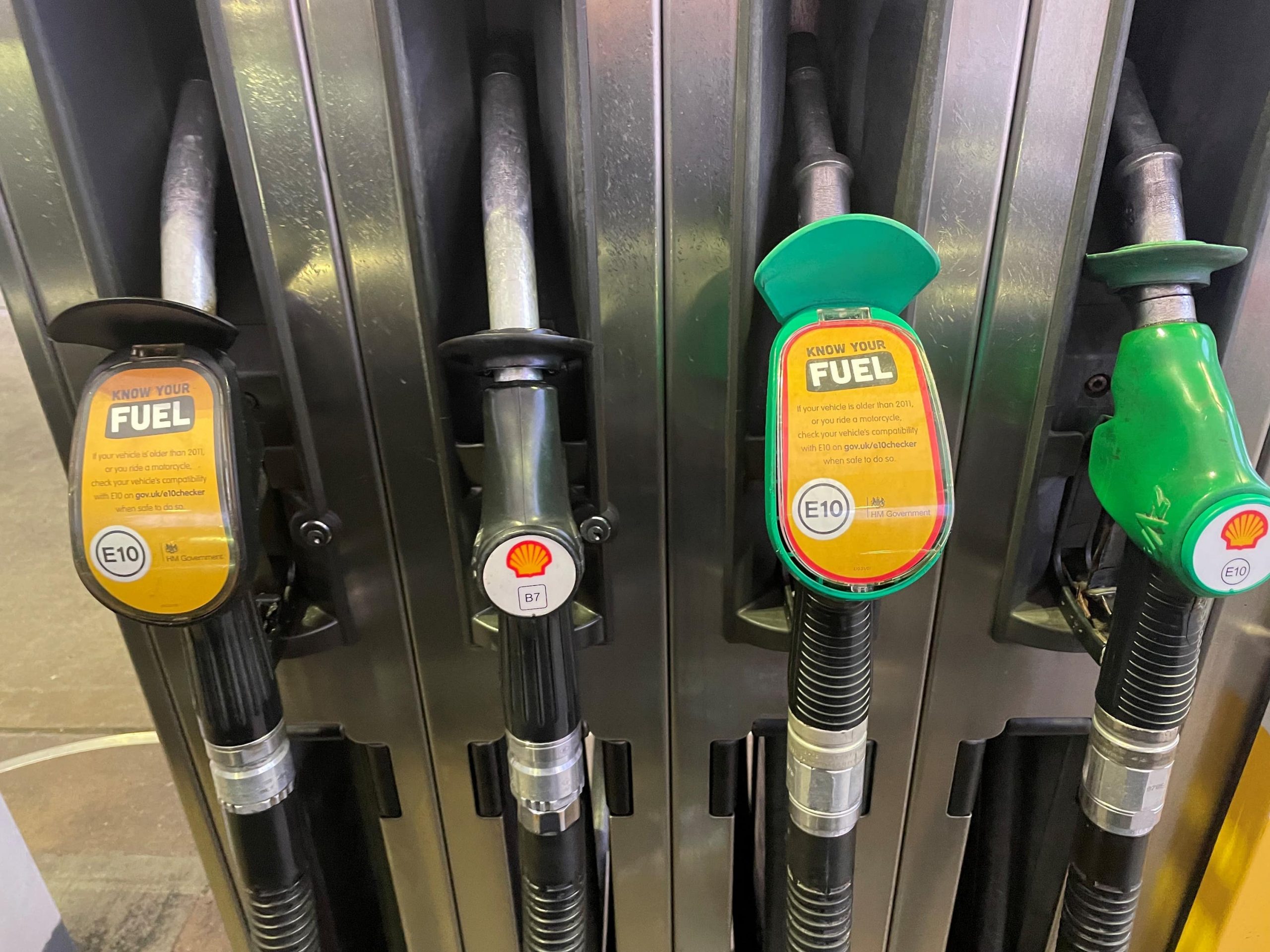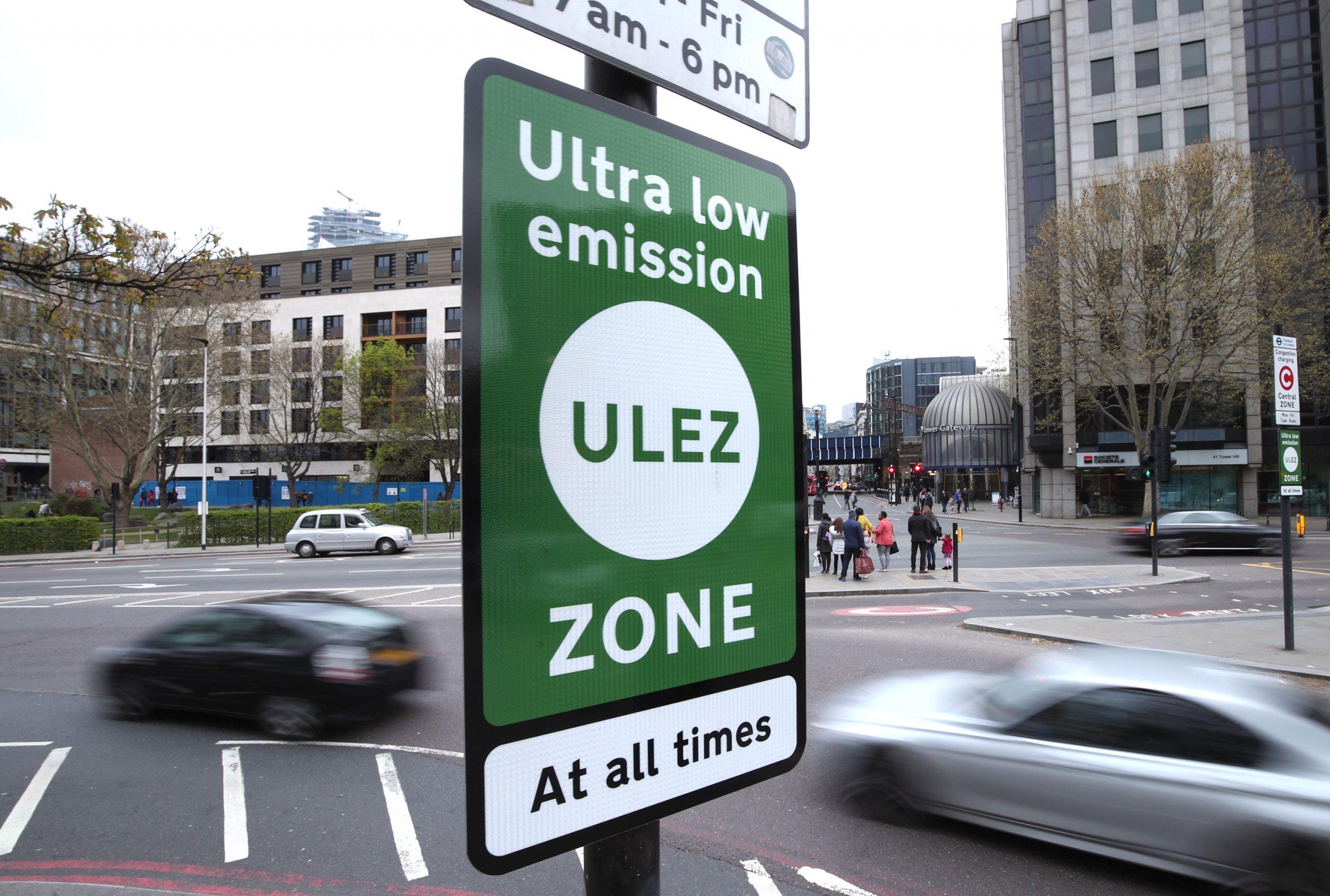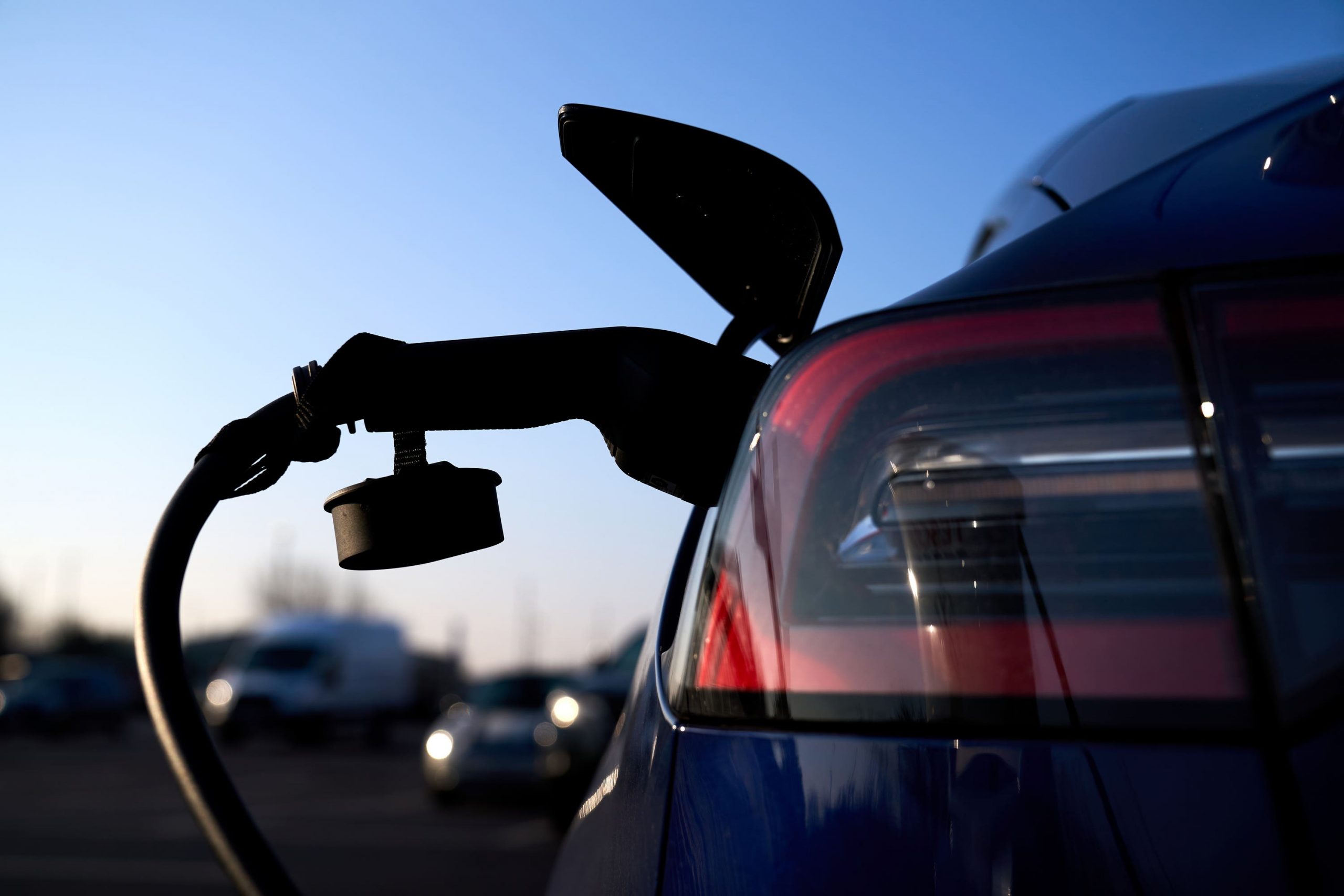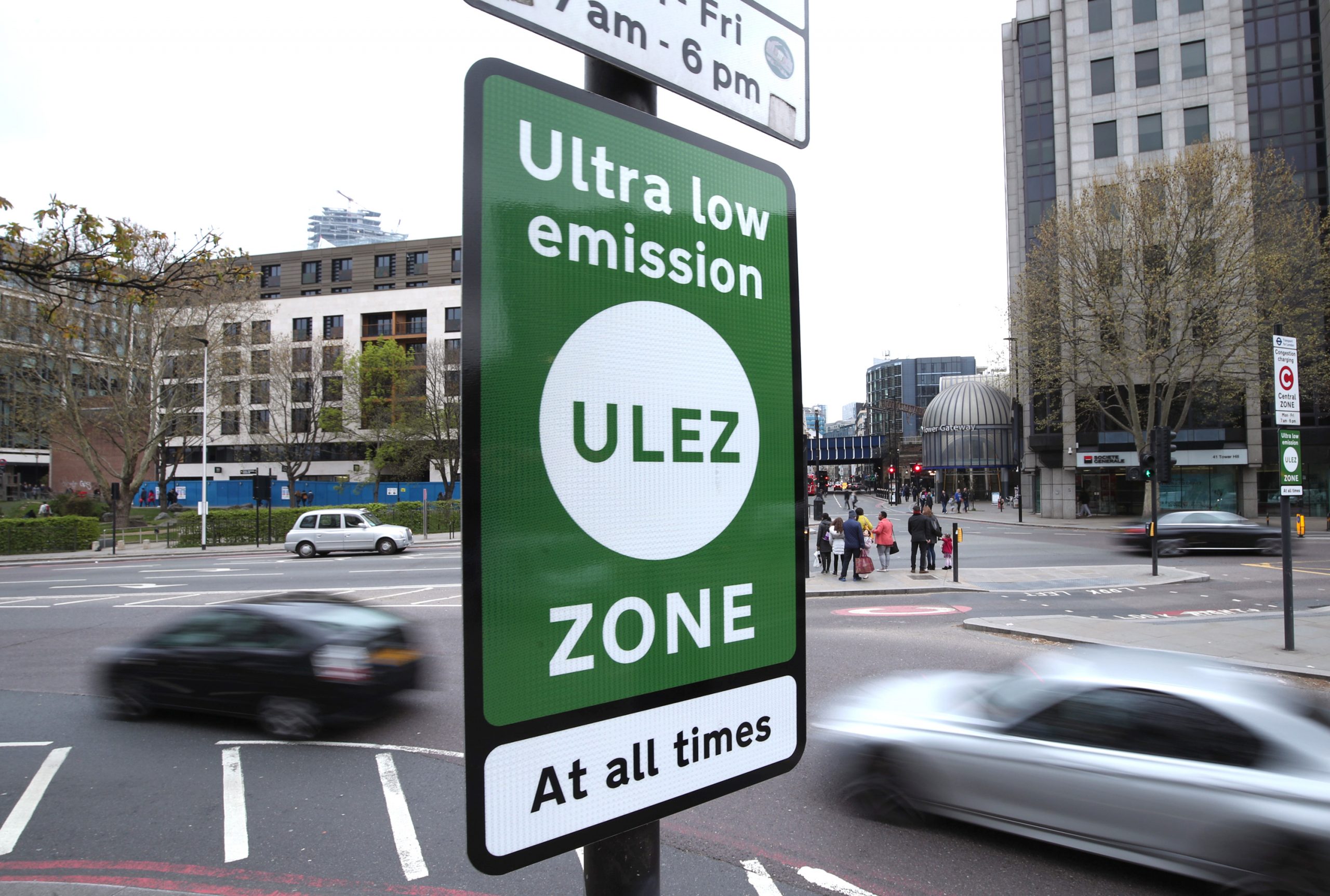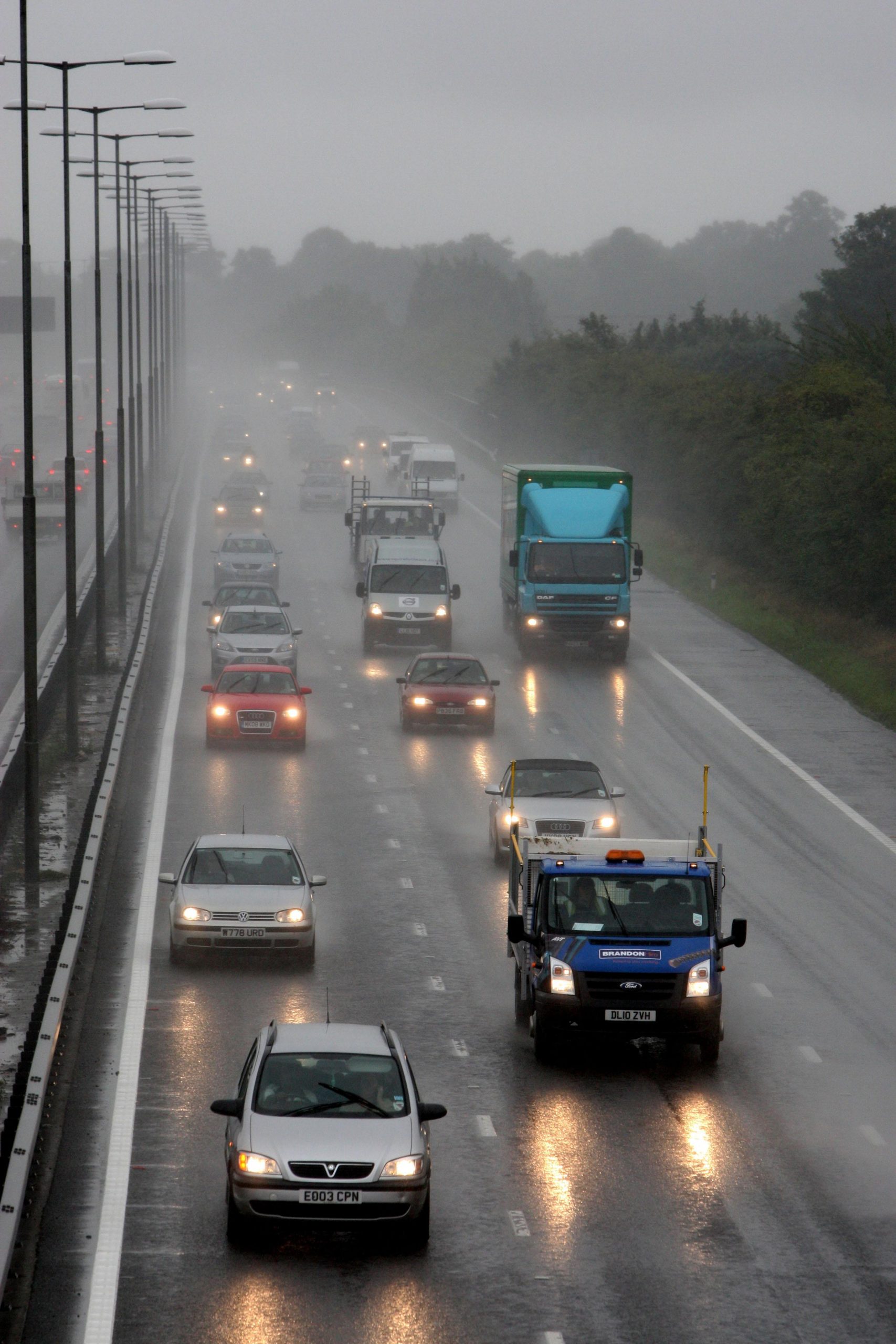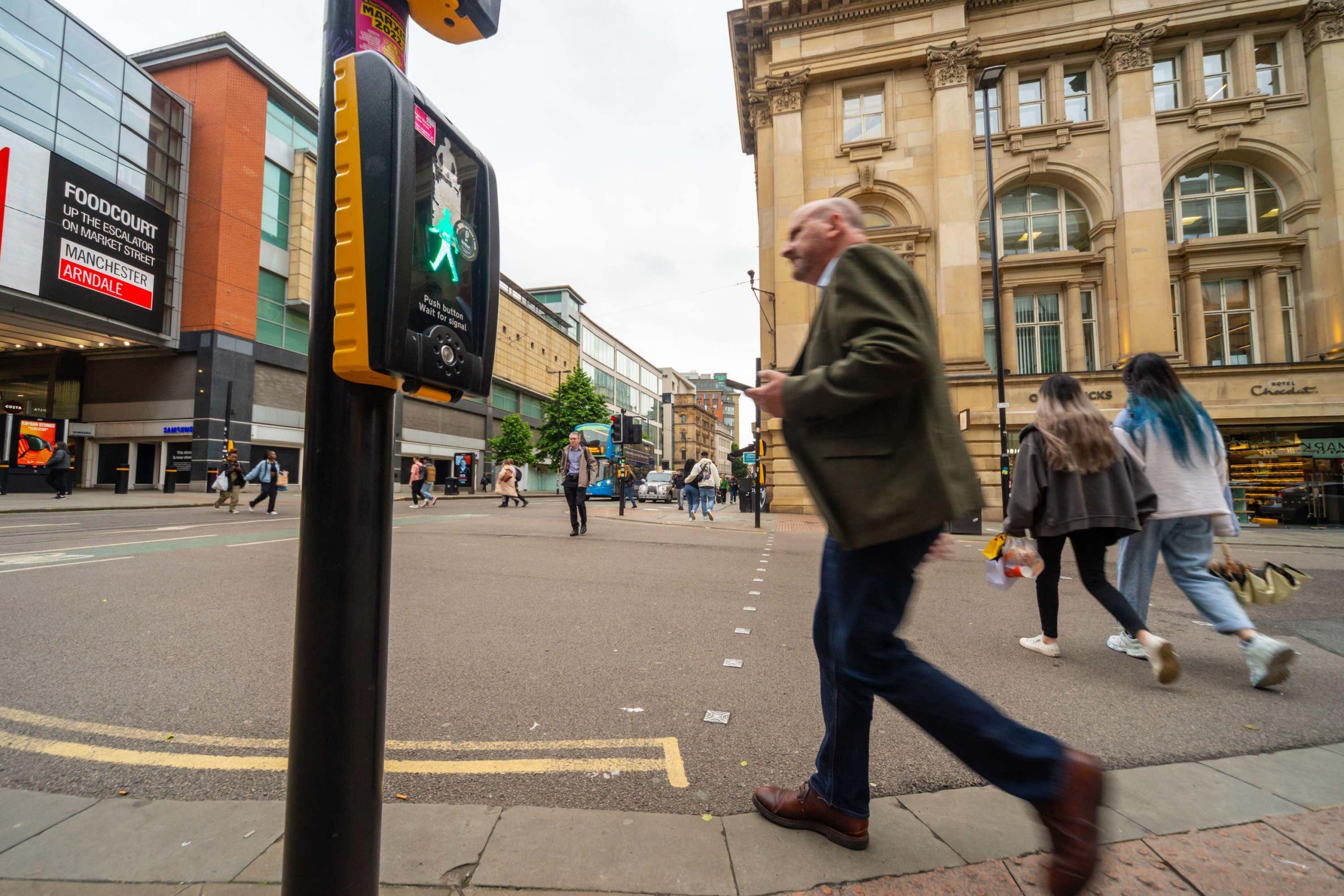The UK’s advertising watchdog will take no action against Ford after the carmaker made claims of “zero emissions driving” in a recent ad.
The Advertising Standards Authority (ASA) has ruled that the claims, made in a paid-for Google ad for the brand’s Explorer SUV, were “unlikely to mislead”.
The ruling comes just weeks after a bombshell decision by the body which ruled that carmakers could not describe electric vehicles as being ‘zero emissions’.
Both MG and BMW received reprimands for “misleading” claims made in their own ads, but the Blue Oval will now escape punishment, following an investigation.
The ruling forms part of a wider investigation by the ASA into “zero emissions” claims.
The Ford ad, published on August 16, was identified by the watchdog’s Active Ad Monitoring system, which uses AI to proactively search for online ads that might break the rules.
The advert in question, a paid-for Google ad for Ford seen on August 16, 2023, featured the claim ‘New All-Electric Explorer – Redefining Adventure.
‘The ultimate all-electric SUV is here. The Explorer. Redefine the meaning of adventure. The ultimate exploration vehicle – Find out more & discover the range of features. Zero-emissions driving. Fast charging. Driver Assistance Tech.’
The ASA ruled that the additional context around the ‘zero emissions’ claim, meant that the ad was ‘unlikely to mislead’ and separated it from the cases of both MG and BMW.
In its own evidence to the investigation, Ford defended its position but agreed to amend the claim to “zero-emissions while driving” to make it clearer in future ads.
A spokesman for the ASA said: “Unlike our previous BMW and MG ads, we found that this ad for an electric SUV didn’t break our rules.
“We determined that because the claim was put next to context around specific features of the car, consumers wouldn’t understand the ‘zero emissions’ element to refer to the whole life cycle of the vehicle, but instead specifically the driving.”
In its ruling, which decided that no action was necessary, the watchdog said: “While the ad included the claim ‘Zero-emissions driving’, we noted that it was immediately followed by references to ‘Fast charging’ and ‘Driver Assistance Tech’.
“This further text placed the claim in the context of some of the specific features of the car, which included its emissions while being driven, its charging capability and technical function.
“The claim was unlikely, therefore, in that specific context to be understood as a comment on the vehicle’s overall life-cycle (manufacture, use and disposal) emissions.
“We concluded that the ad was unlikely to mislead.”


